Симферопольский клад - [6]
The Crimean peninsula played an important role in the development of the Golden Horde's economy and culture. Trade routes linking the Golden Horde with Western Europe, Asia Minor and Egypt passed through it. The stream of goods went through the Crimea to the lower reaches of the Volga, to big Golden Horde towns, and from there to Central Asia, Iran and China.
Soon after the Tatars conquered the Crimea the plains, that take up the greater part of the peninsula, was turned by them into a grazeland. The Crimean steppes served as pastures also in wintertime. With the onset of cold weather herds were usually driven here from the northern steppes stretching along the coast of the Black Sea.
Gradually the Tatars established themselves also in the Crimean mountains and foot-hills. These lands became their hereditary possessions since the 14th century. A number of families of Tatar nobility which had great influence in the Crimea had particularly lost domains. In their farms the Tatar feudals used the labour of the local population and of prisoners of war turned into slaves.
There were numerous villages and towns along the Crimean coast with its orchards, vineyards and other plantations. Many of the towns had convenient harbours and engaged in trade as intermediaries. Ethnically these towns had a very motley population including Alans, Greeks, Armenians, Polovtsi, Russians, Bulgarians, Hungarians, and other peoples.
Long before the Tatar invasion of the Crimea Italians (from Venice and Genoa) began to appear on the Black Sea coast of the Crimea trying to seize control over the trade between the West and the East. The Italians were particularly numerous there in the second half of the 13th century when Byzantium granted them the right of unimpeded passage through the straits. Soon Italian towns-colonies cropped up and intensively developed on the Crimean and Caucasian coasts of the Black and Azov seas, often springing up on the site of already existing settlements. Kafa (Feodosia), Soldaya (Surozh, Sudak), Chembalo› (Balaklava), Tana (Azak, Azov) and others became major Italian towns late in the 13th and in the 14th centuries. The biggest of them were Kafa and Tana which were a kind of storages for goods streaming in from various countries. The slave trade achieved large scope in these towns.
The Tatars often raided the rich Italian towns to plunder their wealth and seize their inhabitants.
Under Tatar rule the town of Solhat (now the town of Stary Krym, 23 kilometres west of Feodosia) became the centre of their domains in the peninsula and was renamed Krym. With the passage of time this name was applied to the entire peninsula.
By the end of the 13th century and in the first half of the 14th century the town of Krym (Solhat) already had a considerable population of merchants and craftsmen. The Arabian traveller Ibn-Battuta, who visited the town in 1334, described it as big and attractive. The residence of the Crimean vice-roy, appointed by the khan of the Golden Horde, was in Solhat, the main administrative centre of the entire Crimea. It was the vice-roy's duty to control the collection of tribute from the subjugated population of the peninsula into the khan's treasury.
The Crimea was more than once subjected to devastating raids by rulers of uluses who wanted to become totally independent of the Golden Horde, and by others who desired to crush the Horde's power. The most devastating raids on the Crimea were in 1299 by Nogai, in 1395 by Tamerlane, and in 1399 by Yedigei, when most of the peninsula was pillaged.
The military raids and the strife among Tatar feudals plagued the population with destruction and plunder. In anticipation of danger wealthy people tried to hide their riches by burying them. It was thus, it seems, that gold and silver articles of the present Simferopol treasure were interred and stayed buried until their discovery in 1967. There is no doubt that the owner had concealed his belongings in a hurry, trying to put them into something solid, most probably in a clay jar. One of the articles (a paitsa) was bent in half so that it could be inserted into the receptacle and for the same reason some other items were slightly damaged and bent.
In all probability the treasure belonged to a rich feudal who held a high military or administrative post. This supposition is supported by the articles in the treasure and first of all by the paitsa. Paitsa is a small plate usually elongated and much less frequently of a round form with an aperture at one end, so that it could be suspended on a belt. Khans granted them to officials as a symbol of authority. When a paitsa was produced everyone had to obey its possessor under penalty of death. The owners of paitsa capitalized on this and exploited the population by collecting tribute and making people work not only for the khan but also for themselves. Paitsa were also issued to messengers sent with khan's order, to merchants setting out to foreign lands with diplomatic missions or big consignments of goods and also to eminent travellers. On their way the owners of paitsa could demand means of transportation and fodder for horses, food and accommodation, protection along the most dangerous sections of the road.
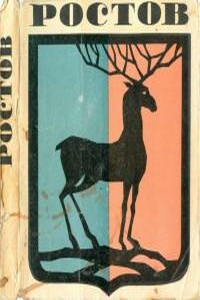
Если выехать из столицы нашей Родины по магистрали Москва - Ярославль, то через три часа на пути встретится небольшой город - Ростов-Ярославский. Ростов имеет давнюю, богатую событиями историю, В здешних краях формировалась русская народность, крепло и развивалось русское государство, складывалась и росла культура нашего народа. На протяжении своей многовековой истории Ростов оказывался центром государственной, политической, административной, религиозной, экономической, культурной жизни края или страны. Ростов Великий - такое имя носил он в далеком прошлом.
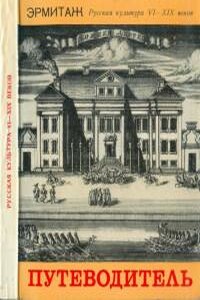
Вся экспозиция по истории русской культуры, размещенная во многих, преимущественно парадных, залах Зимнего дворца, состоит из нескольких постоянных выставок. Каждая из них самостоятельно представляет интерес для изучения культуры того или иного исторического периода. В целом же выставки дают достаточно широкое представление о развитии многогранной культуры русского народа с VI века и, в основном, до 60 - 70-х годов XIX столетия.
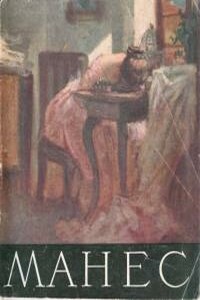
Иозеф Манес стоит в ряду славной плеяды лучших представителей чешского искусства и литературы XIX века. Его имя называют рядом с именами Бедржиха Сметаны, Божены Немцовой, Яна Неруды.Рисовальщик, иллюстратор, живописец и художник-монументалист Йозеф Манес является по существу родоначальником реалистического чешского искусства XIX века.
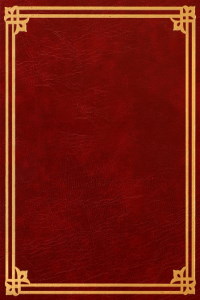
Панорама обороны Севастополя - замечательное творение батальной живописи. Создал ее выдающийся художник-баталист Ф. А. Рубо, основатель русской школы панорамного искусства. В годы Великой Отечественной войны панорама была сильно повреждена фашистскими варварами. После войны восстановлена советскими художниками.Очерк-путеводитель рассказывает о первой обороне Севастополя, о панораме и ее творцах.Издание третье, переработанное.
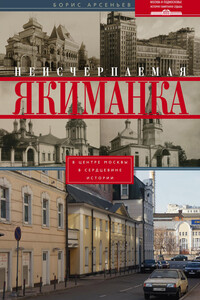
Якиманка лежит в самом сердце столицы – напротив Кремля за Москвой-рекой. Она, кажется, вместила в себя целый мир – улицы, площади, дома, парки, события, судьбы, явления, замыслы, традиции, курьезы, легенды и тайны… Она переполнена достопримечательностями. Среди них архитектурные памятники и целые ансамбли семи столетий – с XV по XXI. Многие сооружения Якиманки давно признаны хрестоматийными, неизменно включаются в архитектурные справочники и энциклопедии.
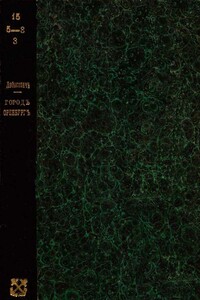
В книге рассказывается история главного героя, который сталкивается с различными проблемами и препятствиями на протяжении всего своего путешествия. По пути он встречает множество второстепенных персонажей, которые играют важные роли в истории. Благодаря опыту главного героя книга исследует такие темы, как любовь, потеря, надежда и стойкость. По мере того, как главный герой преодолевает свои трудности, он усваивает ценные уроки жизни и растет как личность.